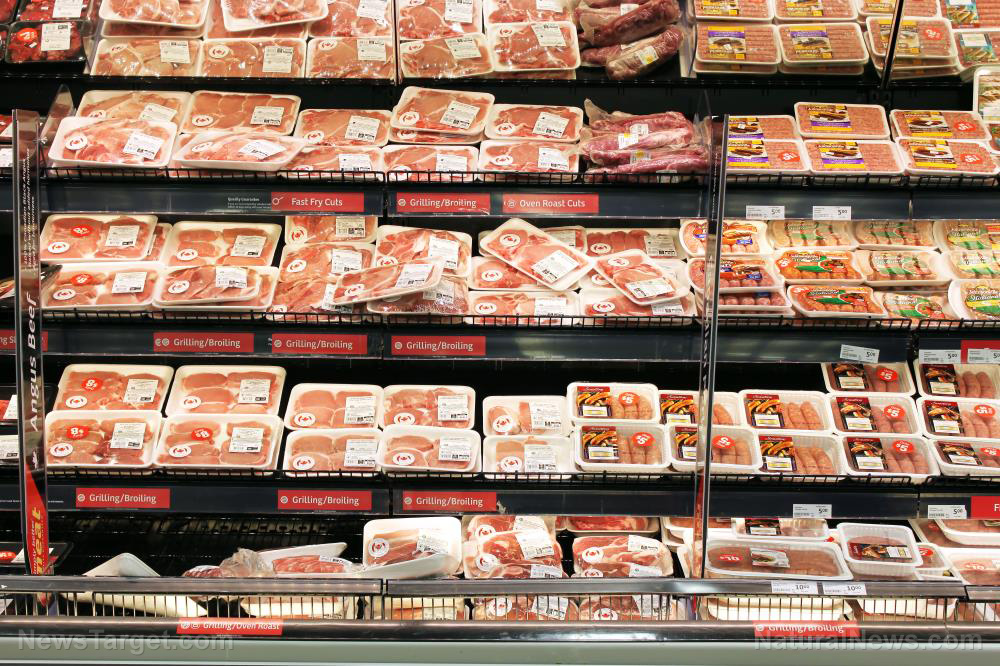How dare you white people notice that food costs are devouring your monthly budget, reaching the highest level in 30 years. Don’t you know there are millions of fine new arrival people who require housing at 5 star hotels, $10,000 debit cards, and SNAP benefits for eternity as the price to pay to live in an uncivilized techno-gulag we call Amerika?
So running $2 trillion annual deficits have created a slight 40% uptick in food inflation. Don’t you realize there are wars to be funded in Ukraine and Gaza? Aren’t you patriotic? You gotta break a few expensive eggs to make a neo-con Deep State omelet. I here the price of cockroaches and crickets is still reasonable.
Do you believe the govt data on inflation? Or your own eyes when you are at the grocery store?
What do you think food inflation really is? https://t.co/GZQWLhAk2j
— Wall Street Silver (@WallStreetSilv) February 27, 2024
We always knew the $100 dollar cheeseburger would come one day, we just didn’t know the reason.
🤨 pic.twitter.com/u5uNhfkJ2F— Wall Street Silver (@WallStreetSilv) February 28, 2024














